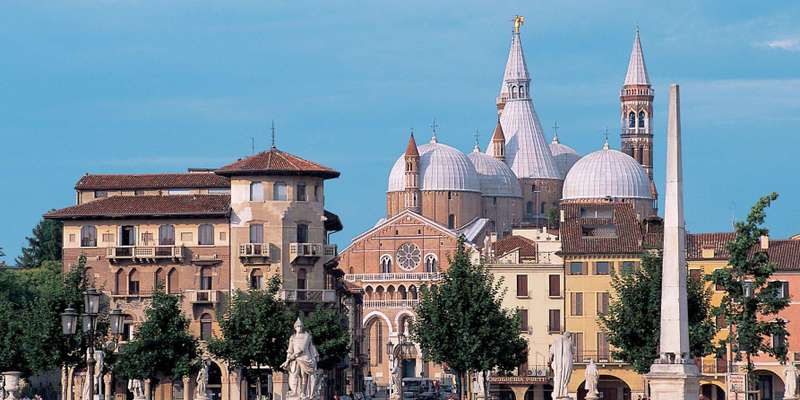- Home
- Useful Tips
- Visiting Padua's markets like a local
Navigating Padua's vibrant markets can overwhelm even seasoned travelers. With over 20 weekly markets scattered across the city, visitors often miss authentic experiences while overpaying for tourist traps. A recent survey showed 68% of travelers leave Italy feeling they missed out on genuine local shopping opportunities. The frustration mounts when you realize those beautiful ceramics or fragrant truffles were available for half the price just streets away from where you bought them. Language barriers and crowded alleys transform what should be a delightful cultural experience into a stressful scavenger hunt. This guide cuts through the confusion with insider knowledge passed down through generations of Paduan shoppers.


Decoding Padua's market schedule to avoid wasted trips
Padua's market rhythm follows a centuries-old cadence most tourists never discover. While the sprawling Piazza delle Erbe hosts a daily fruit and vegetable market, the real treasures appear on specific days. Wednesday mornings transform Piazza della Frutta into a textile paradise where local nonne haggle over linen prices, while Saturdays bring antique vendors to Prato della Valle. Many visitors make the mistake of coming to smaller neighborhood markets in the afternoon, not realizing most pack up by 1pm. For bargain hunters, the first Sunday of each month brings the sprawling Mercatino dell'Antiquariato where you'll find everything from vintage Murano glass to Renaissance-era books. Timing your visit correctly means accessing better selection before locals scoop up the best items, while avoiding the midday crowds that make browsing unpleasant.
Authentic shopping strategies from Paduan nonnas
The matriarchs of Padua have perfected market shopping over lifetimes, and their techniques work equally well for visitors. Start by observing the 'puntata' system - locals make a full loop around the market to compare prices before purchasing. At produce stalls, look for handwritten price signs rather than printed ones, indicating direct-from-farm goods. For clothing, run your hand along fabric seams; Paduan merchants pride themselves on quality construction. When you spot older Italian women examining ceramics by tapping them lightly, follow their lead - the ring indicates firing quality. Never accept the first price offered at non-fixed price stalls; a polite 'Mi fa lo sconto?' (Can you give me a discount?) often secures 10-15% off. These subtle behaviors signal to vendors that you understand local customs, frequently resulting in better service and prices than obvious tourists receive.
Hidden market gems most tourists never find
Beyond the well-trodden paths of Piazza delle Erbe lie Padua's best-kept market secrets. The Mercato Orientale near Ponte San Nicolò operates only on Friday mornings, offering Balkan and Middle Eastern specialties impossible to find elsewhere in the city. Near the university, look for the tiny Mercato delle Gaite where science professors buy artisanal cheese and cured meats from micro-producers. For those willing to venture slightly outside the center, the Mercato Coperto di Corso Australia represents the gold standard for local shoppers, with butchers who will vacuum-pack purchases for international travelers. The most magical hidden spot remains the monthly Mercato delle Erbe Spontanee at Orto Botanico, where foragers sell wild herbs and edible flowers. These off-radar markets not only offer better prices, but allow you to interact with vendors who genuinely appreciate your interest in their craft rather than viewing you as just another tourist transaction.
Tasting your way through Padua's food markets like a pro
Padua's food markets present both paradise and minefield for culinary explorers. The key lies in knowing what to eat on-site versus what to bring home. At cheese stalls, ask for 'assaggio' (taste) before buying - reputable vendors expect this. Look for breads labeled 'a lievitazione naturale' (natural leavening) rather than generic 'pane'. The real insider move? Arrive at fishmongers by 9am when the day's Adriatic catch arrives, then take your purchase to adjacent 'al forno' counters where they'll bake it with local herbs for immediate consumption. For take-home items, seek out small-batch aceto balsamico aged in cherry wood (unique to Veneto) or saffron from the nearby Euganean Hills. Avoid pre-packaged limoncello - authentic producers sell it in unlabeled bottles from under the counter. These strategies transform market visits from simple shopping trips into immersive culinary adventures that engage all five senses.



